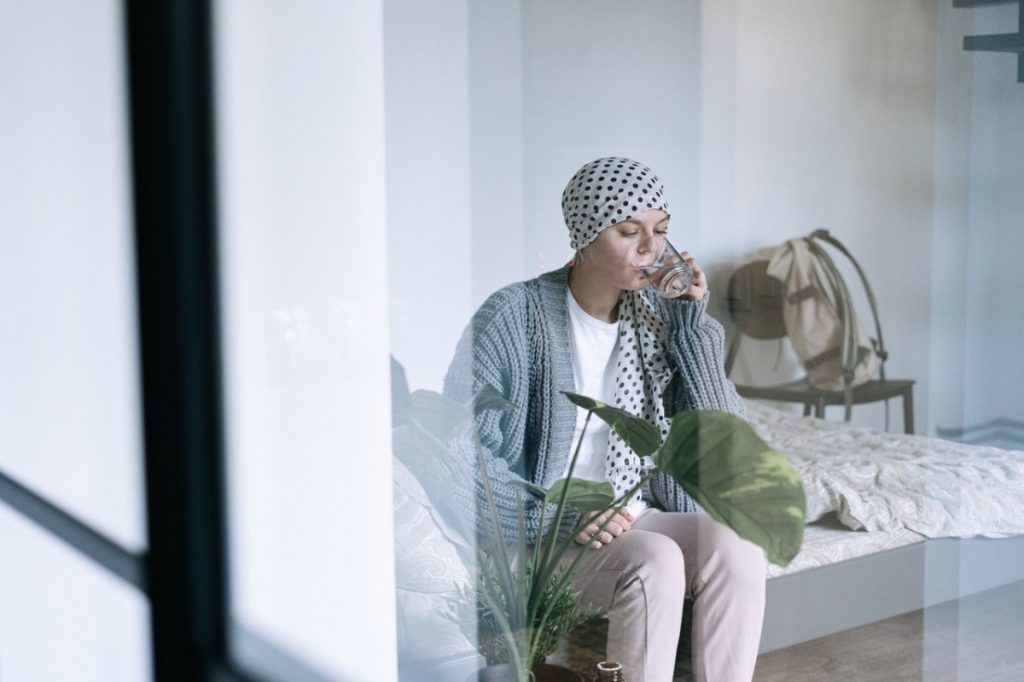On December 23, 1971, then-president Richard Nixon signed what could be one of the landmark health-related laws in the United States and probably the entire world: the National Cancer Act.
It earmarked about $100 million (as a start) to launch an intensive campaign about one of the primary killers in the country. With it, the National Cancer Institute was born.
It then launched several programs and research, opened hundreds of cancer centers, and partnered with other cancer research institutes globally. The fight against the dreaded condition also led to the mastery of techniques such as in vivo pharmacology.
About half a century later, where is the world against the war with cancer? According to the CDC, it remains the second leading cause of mortality among Americans, placing next to heart disease. At least 500,000 people will die each year from the disease, while over a million will be diagnosed.
What makes the battle difficult to win? Why is it taking so long for science to eventually find the cure?
Cancer Is Tricky
First of all, there’s a difference between treatment and cure. Over the last decades, scientists have shown that certain types of cancer can be treated. Thus, patients can now achieve remission and even survive for years.
However, these treatments do not completely eradicate cancer, and the risks of recurrence are always there. The question is why.
1. Genetic Mutations
Today, scientists and doctors already know that cancer occurs when genes undergo mutations — that is, the DNA sequence is no longer correct. This can trigger the creation of pathways, proteins, and changes that promote the development of the disease.
The problem is the experts also learned that cancer is usually not tied to a specific genetic mutation. In fact, many mutated genes may be responsible for cancer.
Take note that one cell in the body can already have over 30,000 genes. Just imagine the possible combinations that may increase the risk of the condition.
Further, there are several possible causes of DNA mutations, of which around 5 to 10 percent can be genetic. These are germline mutations or changes that occur on the reproductive cells (sperm and egg cells), which are then passed on to the next generation.
Lastly, the way the genes mutate in every person can vary. This explains why even if there are standard treatments, they don’t always work for everyone. Moreover, two persons can have the same cancer, but the other one’s condition may be more aggressive.

2. Late Diagnosis
Cancer is difficult to treat, let alone cure when it is already in its late stages. Sadly, many types are not diagnosed early because of the lack of symptoms. These include pancreatic cancer, non-small cell lung cancer (NSCLC), and melanoma.
If there are symptoms, they may mimic those of other common diseases. The odds of misdiagnosis, therefore, are high.
By the time they are diagnosed, cancer may have already spread in other parts of the body (metastasis). The available treatment options may no longer work or may only be used to improve the person’s quality of life.
3. Cancer Cell Evolution and Differences
Over the last few years, scientists made a surprising discovery about cancer. It turns out that the cancer cells of a single tumor can be heterogeneous. Even if they belong to the same tumor, they may still be different from one another.
How does this impact the process of finding a treatment and a cure for the disease? First, this may explain why a treatment may slow down the progress of cancer or shrink the tumor but not completely eliminate it.
Second, because the therapy cannot eradicate the condition entirely, a patient’s treatment plan may involve different kinds of options, such as chemotherapy, radiation, and surgery.
Third, the heterogeneity may increase the likelihood of not only recurrence but also metastasis even before the treatment is over.
Hope Is Not Lost
There’s no doubt that finding the right cure for cancer is challenging, but it doesn’t mean science hasn’t made huge positive strides since the National Cancer Act of 1971.
In fact, studies show that over 45 percent of cancer patients can already live for 10 years (which is double the average survival rate when determining prognosis) today. Back in the 1970s, fewer than 25 percent can live that long.
Scientists have also found a variety of therapies that may improve the rate of survival. In a UCLA study, for example, immunotherapy drugs could help around 15 percent of patients with NSCLC survive for at least 5 years.
Meanwhile, the Washington University School of Medicine revealed that tailor-made vaccines for pancreatic cancer and breast cancer are showing great promise.
Even though the cure is not yet available, the new types of research reveal that it is no longer impossible.

